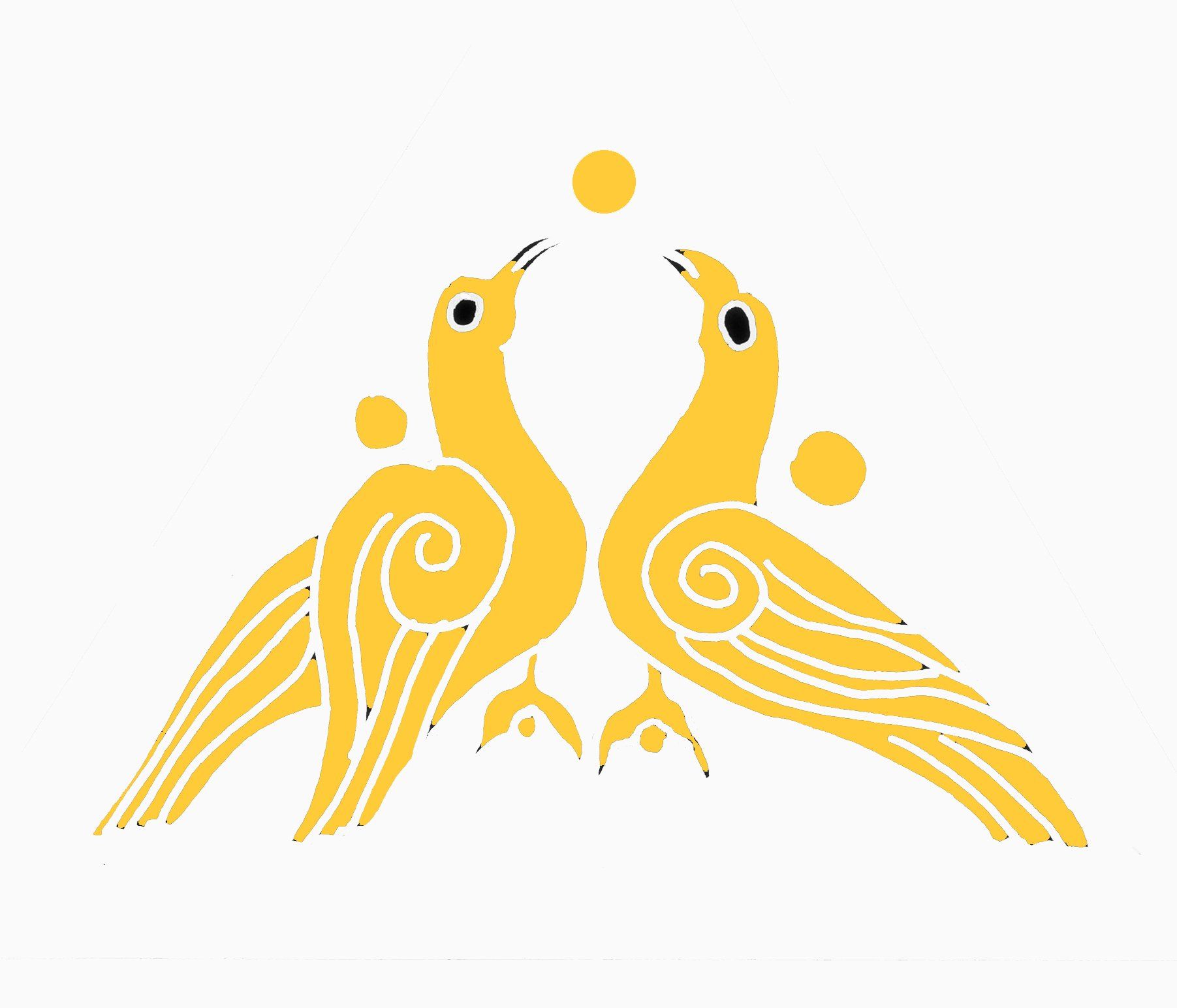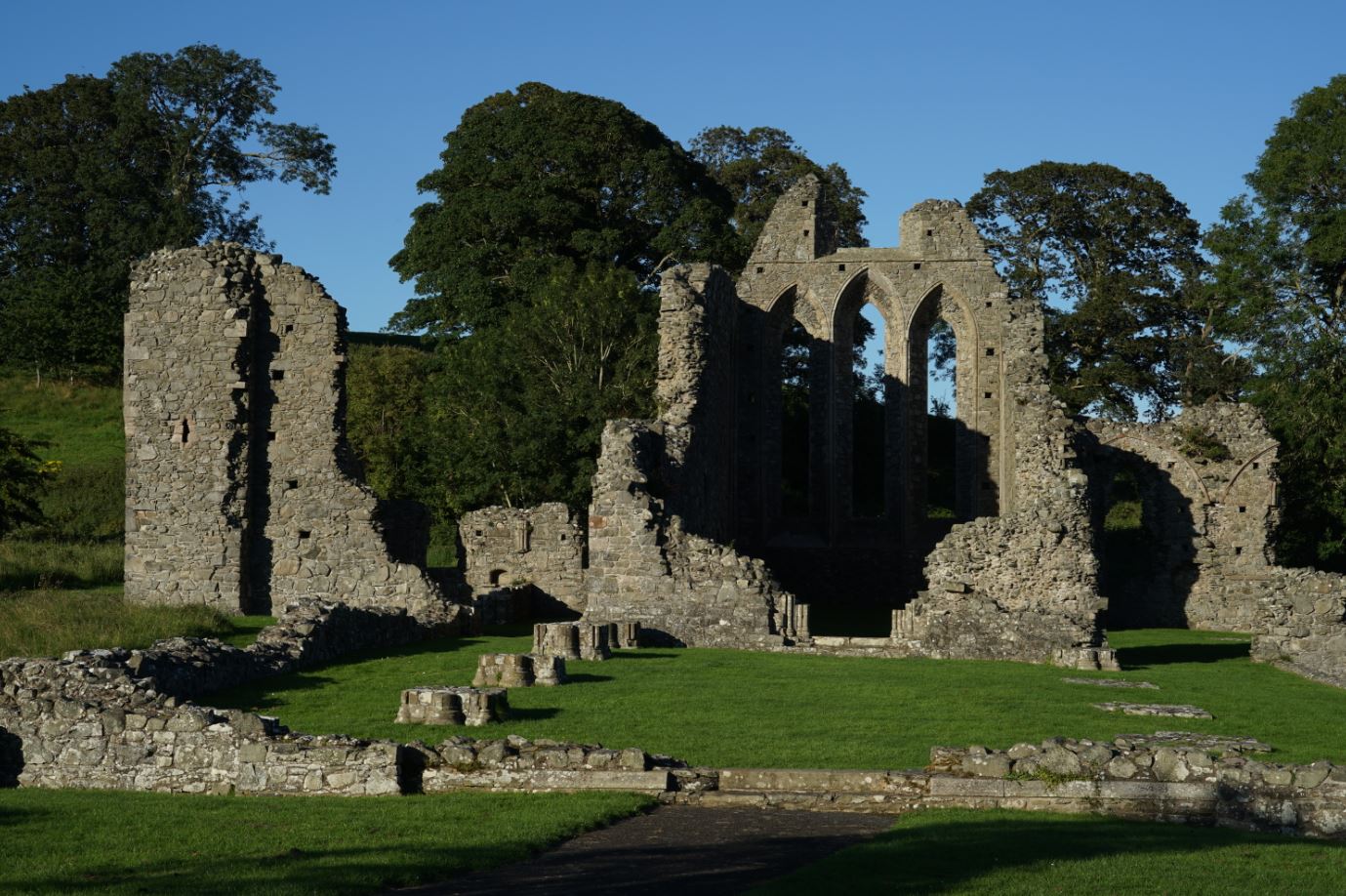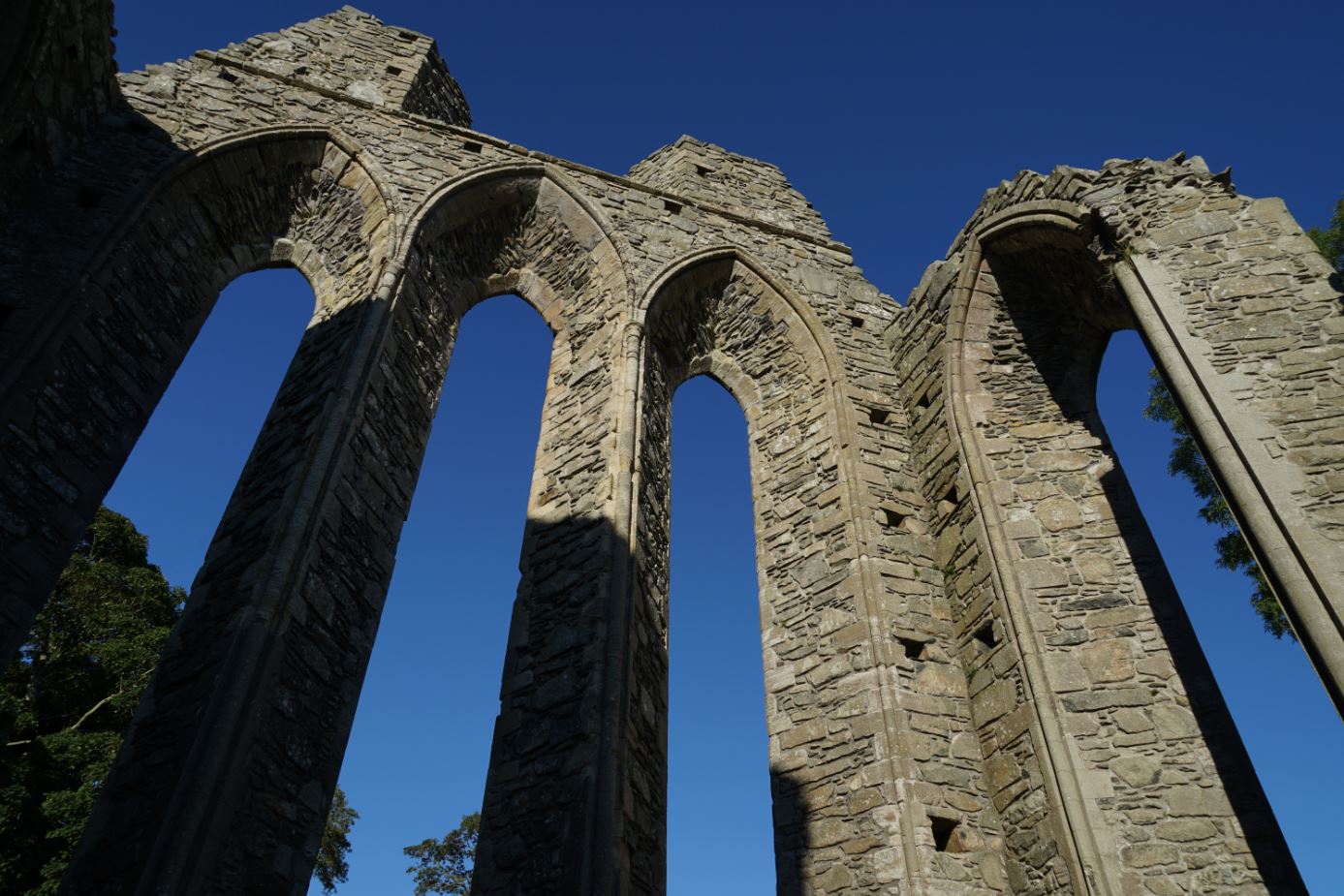1177 - John de Courcy and the invasion of Ulster
When Lord John returned to England in December 1185, he appointed John de Courcy as justiciar of Ireland, the chief royal administrator in Ireland, a position he held for almost a decade. John de Courcy was an ambitious young man when he first arrived in Ireland in 1176, shortly after the death of Strongbow. His older brother William had inherited the family estates in England and France, so it was in Ireland that John de Courcy decided to make his fortune. According to a contemporary source John was ‘a born fighter, always in the front line, always taking upon himself the greater share of the danger’. His first task when he arrived in 1176 was to take charge of the garrison at Dublin. Whether it is true or not, we are led to believe that he soon grew restless. In January 1177, without any approval from Henry II, he gathered a small group of about 20 knights and 300 men, and marched through Hugh de Lacy’s newly established Lordship of Meath, and headed north to modern-day Downpatrick, the seat of the ancient kingdom of Ulaid (much of the modern-day counties of Down and Antrim in east Ulster). We are told that he arrived at Downpatrick only four days after leaving Dublin. We may take this with a pinch of salt, but there is no reason to doubt the implication that he made his way to east Ulster swiftly and without much opposition.
Since the death in 1166 of Diarmaid Mac Murchadha’s former ally, Muirchertach Mac Lochlainn, the powerful king of west Ulster, there was no strong leadership in the north. When John de Courcy arrived in Ulster eleven years later, he headed for Dún Dá Leathghlas (now Downpatrick), the seat of the local king, Ruaidhrí Mac Duinnshléibhe (MacDunlevy). Nearby was the cathedral of Down, where St Malachy
had served as bishop some fifty years earlier. Ruaidhrí was convincingly defeated by de Courcy and dispossessed of his lands. More importantly for de Courcy, Ruaidhrí was unable to find enough support from the other kings of Ulster to retake his kingdom. John de Courcy himself suffered a number of military defeats to the local Irish, particularly when he attempted to move west into central Ulster. However, he was astute enough to use political persuasion in order to form alliances with several Irish chieftains.
The story of the Norman conquest of east Ulster is often portrayed as a spontaneous one by an impetuous John de Courcy. Interestingly, unlike many other leading Norman knights from this period, including Strongbow and Hugh de Lacy, when John de Courcy decided to make the ultimate political alliance by taking a wife, he didn’t opt to marry into a local Gaelic family. Instead, he married Affreca, daughter of Guðrøðr Óláfsson (Godred II), the Norse king of the Isle of Man, who briefly ruled Dublin many years earlier. In 1171, Guðrøðr had assisted Ruaidhrí Ua Conchobair in his unsuccessful siege of Dublin prompted by the death of Diarmaid Mac Murchadha. In the weeks before John de Courcy marched into east Ulster, his future father-in-law Guðrøðr married Findguala Nic Lochlainn, the granddaughter of none other than Muirchertach Mac Lochlainn and daughter of the incumbent king of west Ulster. This can hardly have been coincidental and suggests that John de Courcy and Guðrøðr Óláfsson, and the connivance of the west Ulster Meic Lochlainn, had carefully planned an alliance with the objective of taking east Ulster.
Like many Irish and Norman rulers of the period, John de Courcy was very generous to the church in his newly conquered lands in east Ulster. Around 1179 he granted the lands of Nendrum on the western shores Strangford Lough to the Benedictine monks of St Bees in Copeland and St Marys in York. St Bees was a priory dedicated to an Irish saint, Bega. One of the most interesting aspects to John is that he appears to have promoted Irish saints, in particular Patrick, Brigid and Colum Cille. In 1187, he founded a Cistercian abbey at Inch, near Downpatrick. This abbey was not attached to an Irish foundation such as Mellifont, but instead was established as a daughter house of St Mary’s Abbey at Furness near the coast of Cumbria in northwest England. Both St Bee’s and Furness Abbey were also supported by John’s Manx father-in-law, Guðrøðr Óláfsson. In 1193, John’s wife (and Guðrøðr’s daughter), Affreca, founded another Cistercian Abbey, known as Grey Abbey, on the eastern side of Strangford Lough, as a daughter house of Holm Cultram, also on the Cumbrian coast. John de Courcy clearly did not view the Irish Sea as a border dividing two islands. No doubt heavily influenced by his Norse in-laws, de Courcy saw the sea more as a routeway connecting neighbouring families.
John de Courcy did not simply confine his ambitions to conquering east Ulster. For much of a ten-year period, between 1185 and 1195, he served as justiciar of Ireland, the most powerful post in the new administration of the English colony in Ireland. In 1194, when Lord John rebelled against his older brother, king Richard I, John de Courcy took the side of the king. This would come back to haunt de Courcy when Lord John succeeded to the throne in 1199. In the same way that the teenage John had become bitter about the success and power of Hugh de Lacy, in adulthood king John was becoming equally, if not more, resentful of John de Courcy. As we shall see, by 1201, the king was ready to have John de Courcy removed from his perch in Ulster, and the men he sent to do his bidding were the sons of Hugh de Lacy.



